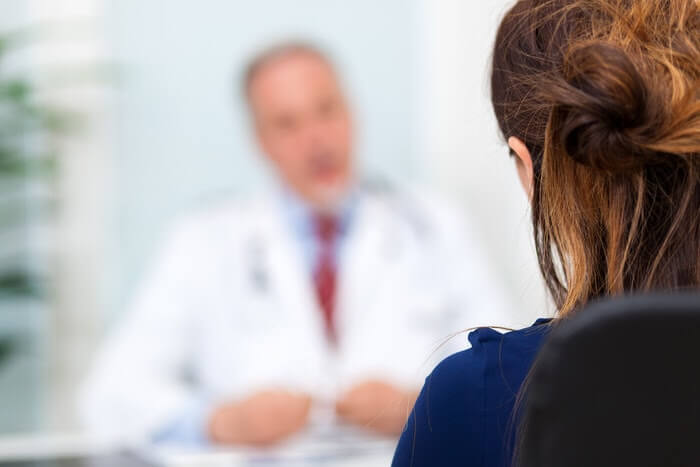The best treatment for fibroids depends entirely on you. Your fibroid symptoms, you’re age, if you’re far away or close to menopause. Whether you want children. How much time you can spare for recovery. Many factors go into choosing the best treatment for fibroids.
Do Nothing
If you have fibroids that aren’t causing symptoms, your doctor may recommend a ‘wait and see’ approach. Just be sure you undergo regular exams and imaging studies. Fibroids can grow quickly and cause significant health issues. They might seem dormant, but do not ignore them.
Hold out for Menopause
If you’re older and your symptoms aren’t terrible, you might consider toughing it out. Decreasing estrogen levels are associated with a decrease in fibroid activity. But be aware that the time before menopause (peri-menopause) can mean wildly swinging hormone levels. The same estrogen highs and lows that contribute to hot flashes and night sweats also contribute to fibroid development, so symptoms could get worse before they get better. If you take estrogen replacement, (bioidentical or otherwise), to minimize menopause discomfort, expect an increase in fibroid growth. If you are overweight, fibroid-related problems could continue long after your periods stop. Fat cells produce an estrogen-like substance that encourages fibroids.
Medical Therapy
Fibroid issues like excessive bleeding or pelvic pain may be temporarily eased by medications to regulate your menstrual cycle. Medical therapy won’t eliminate the problem, but by lowering estrogen levels (fibroids thrive when estrogen elevates), they can soften the symptoms. There are many types of medical therapy, but all involve taking artificial hormones. How you feel about that, and any of the potential side effects, may or may not make this line of treatment appropriate.
Hysterectomy
Hysterectomy is a commonly recommended option for women with symptomatic fibroids. Surgical removal of the uterus ends all problems with uterine fibroids. Obviously, this treatment isn’t optimal if you want children. Or would prefer to keep your uterus right where it is. A hysterectomy is major surgery. Even when done laparoscopically, (through the vagina with a small incision, rather than a larger abdominal incision), recovery time is lengthy. And often painful.
Surgical Intervention
Surgeries to remove fibroids from the uterus either by cutting, scraping or ablation (heating tissue to a temperature that kills it) is helpful for younger fibroid patients. Especially those who intend to become pregnant. These surgeries tend to be multiple. Additionally, it can be easy to miss smaller fibroids or fibroids deeper in the uterine wall. They will keep growing. Surgical removal as a fibroid treatment or an assist in fibroid-related fertility issues is usually a short-term solution. When fibroids return, so does the need for more surgery.
Fibroid Embolization
Fibroid embolization is a non-surgical procedure that selectively blocks blood vessels. Originally used to stop excessive bleeding during uterine surgery or during birth, embolization proved an excellent approach to fibroid treatment. Without a blood supply, fibroids shrink and fibroid-related symptoms end. Uterine health and function aren’t impaired by invasive tissue removal. Recovery is short, and you experience no surgical discomfort. Embolization is a medically recognized and approved treatment for fibroids. (Your doctor, however, may not know about it.)
What is the best treatment for fibroids? Discuss all the options with your physician. Then consider asking the following questions:
- Will this approach give me permanent relief?
- How does it affect my ability to have children?
- How long will I be away from work, family, normal activities?
- What are the side effects?
- Am I likely to have to repeat this type of treatment?
Here at the Fibroid Treatment Collective, we offer free consultations in-office or over the phone. Feel free to contact us for more information. To learn more about fibroids, visit our homepage.
Sources
https://www.health.harvard.edu/blog/no-best-treatment-for-common-uterine-fibroids-201504237918
http://obgyn.ucla.edu/medical-therapy




